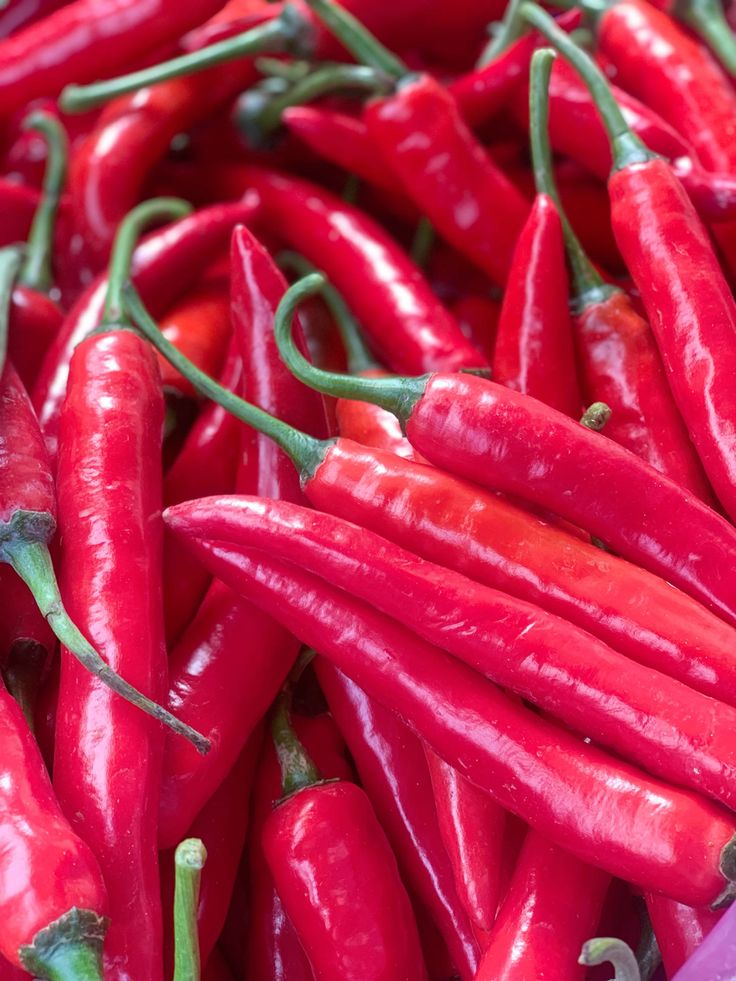Harnessing Technology for tastier bulbs: Optimizing Onion Plants Production with Smart Agriculture
Onion Plants, a cornerstone of global cuisine, add a pungent kick to countless dishes. From the caramelized sweetness of French onion soup to the raw bite in a fresh salsa, onions elevate culinary experiences worldwide. However, cultivating these flavorful bulbs can be a complex endeavor. Farmers face challenges like disease, pests, and fluctuating weather conditions, all of which can significantly impact yield and quality.
Enter Smart Agriculture, a revolutionary approach that leverages technology to empower farmers. By integrating sensors, data analysis, and automation, Smart Agriculture techniques are transforming the way onions are grown. This article delves into the intersection of onion cultivation and Smart Agriculture, exploring the innovative practices that are optimizing production and ensuring tastier, more sustainable onions for consumers.
Precision Planting and Irrigation
Traditionally, Onion Plants seeds are sown at a uniform depth and density across the field. However, Smart Agriculture introduces precision planting techniques that optimize seed placement based on soil conditions and desired plant spacing. This not only improves germination rates but also ensures optimal root development, leading to healthier and more robust plants.
Furthermore, Smart Agriculture utilizes soil moisture sensors to monitor irrigation needs in real-time. By collecting data on factors like temperature, humidity, and evapotranspiration (the rate at which water evaporates from the soil and transpires from plants), irrigation systems can be automated to deliver precise amounts of water directly to the root zone. This targeted approach conserves water, reduces runoff, and prevents waterlogging, all of which can harm onion growth.
Combating Threats with Smart Monitoring
Onion Plants are susceptible to various diseases like downy mildew and fungal rots. Early detection is crucial for effective pest and disease management. Smart Agriculture offers solutions like automated drone surveillance equipped with multispectral imaging. These drones can capture detailed aerial images of the field, allowing farmers to identify early signs of stress or disease outbreaks.
Additionally, strategically placed weather stations collect real-time data on temperature, humidity, and wind speed. Smart algorithms can analyze this data to predict the risk of specific diseases based on historical trends and environmental conditions. Armed with this knowledge, farmers can take preventive measures like applying targeted fungicides or adjusting irrigation practices, minimizing crop losses and ensuring a healthier harvest.
Environmental Benefits of Smart Agriculture
Onion Plants are heavy feeders, requiring a significant amount of nutrients for optimal growth. Traditional farming practices often involve applying fertilizers across the entire field, irrespective of specific needs. However, Smart Agriculture facilitates the use of variable rate technology (VRT) to deliver fertilizers precisely where they are needed.
VRT utilizes soil fertility maps and yield data to determine the optimal fertilizer application rate for different zones within the field. This targeted approach reduces fertilizer waste, lowers production costs, and minimizes environmental pollution caused by fertilizer runoff. Additionally, Smart Agriculture promotes water conservation through precision irrigation, leading to a more sustainable agricultural footprint.
The Future of Onion Production
Onion Plants Smart Agriculture is not a static concept; it is constantly evolving as new technologies emerge. The future holds promise for even more sophisticated solutions, including:
- Advanced robotics: Robotic weeders and harvesters can automate tasks currently performed manually, reducing labor costs and improving efficiency.
- Artificial Intelligence (AI): AI-powered systems can analyze vast datasets to identify optimal planting times, predict crop yields, and recommend adjustments to farming practices based on real-time data.
- Blockchain technology: Blockchain can create a secure and transparent audit trail for onion production, allowing consumers to track the origin of their onions and ensuring ethical and sustainable practices throughout the supply chain.
Conclusion Onion Plants
Onion Plants Smart Agriculture represents a paradigm shift in onion cultivation. By embracing these innovative practices, farmers can optimize their use of resources, minimize environmental impact, and ensure consistent yields of high-quality onions. As technology continues to evolve, Smart Agriculture has the potential to revolutionize the entire agricultural sector, ensuring a more sustainable and efficient future for onion production and all aspects of agriculture.




